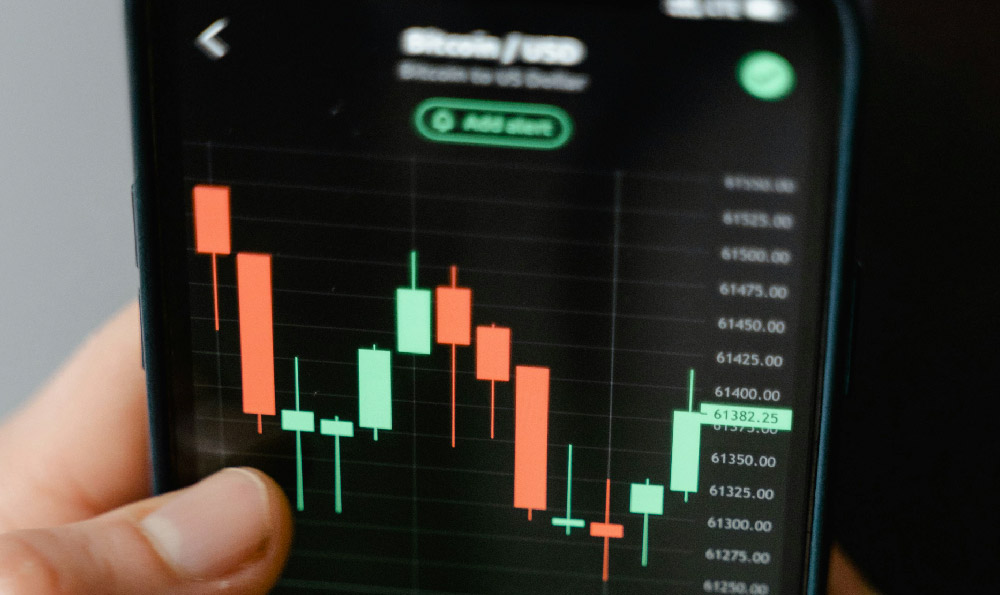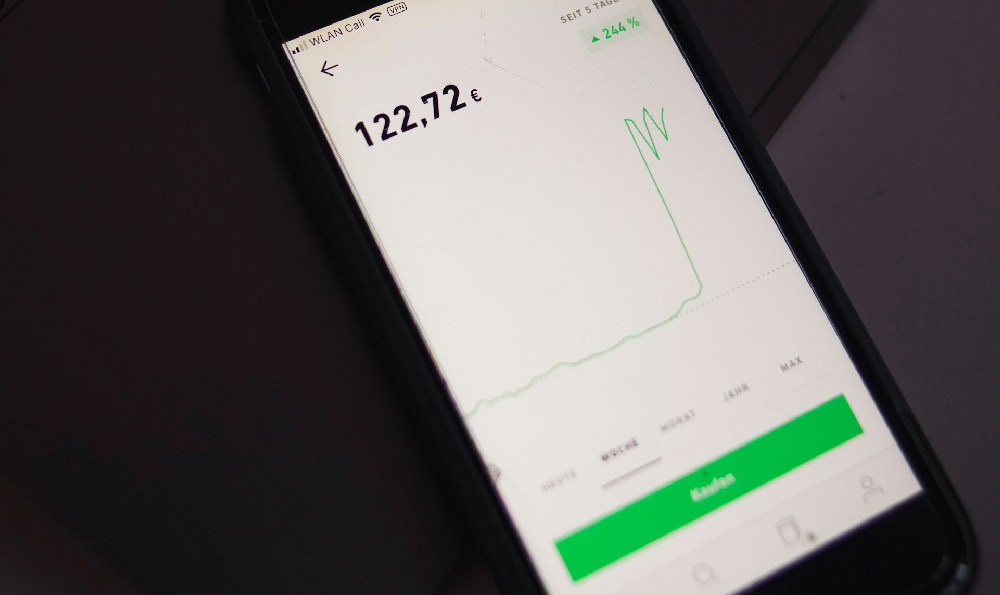Here's an article addressing the question of whether I Savings Bonds are a worthwhile investment:
Are I Savings Bonds Worth It? Or Are They Not? Navigating the landscape of investment options can feel like traversing a dense forest. Amidst the volatile swings of the stock market, the complexities of real estate, and the allure of alternative investments, some seek simpler, lower-risk harbors. Enter the I Savings Bond, a product offered by the U.S. Department of the Treasury. But in today's multifaceted financial world, are I Bonds a truly valuable addition to your investment portfolio, or are they relegated to the realm of outdated savings strategies?
To answer this, we must first understand what I Bonds are and how they function. I Bonds are a type of savings bond designed to protect your purchasing power from inflation. They earn interest based on a combination of two rates: a fixed rate, which remains constant for the life of the bond, and an inflation rate, which is adjusted twice a year (every May and November). This inflation-linked component is what makes I Bonds particularly attractive during periods of rising prices.

The key appeal of I Bonds lies in their relatively low-risk profile. They are backed by the full faith and credit of the U.S. government, making them virtually risk-free in terms of default. This is a significant advantage compared to stocks, corporate bonds, or even certain types of municipal bonds, where the possibility of losing principal exists. Moreover, the interest earned on I Bonds is exempt from state and local income taxes, and federal income tax can be deferred until you cash them in or they mature (after 30 years). There’s even an option to exclude the interest from your income altogether if the bonds are used to pay for qualified higher education expenses.
Currently, I Bonds provide an attractive yield. The composite rate, which reflects the combination of the fixed rate and the inflation rate, can be quite compelling, especially when inflation is elevated. This yield often surpasses those offered by traditional savings accounts, certificates of deposit (CDs), and even some short-term Treasury securities. In times of economic uncertainty, this ability to provide a safe and inflation-adjusted return becomes a valuable asset.
However, I Bonds are not without their limitations. One major constraint is the annual purchase limit. Individuals can only purchase up to $10,000 in electronic I Bonds per calendar year. You can buy an additional $5,000 in paper I Bonds using your federal income tax refund. This restriction significantly limits the amount you can invest in I Bonds, especially if you have a larger sum of capital to deploy.
Another factor to consider is the liquidity of I Bonds. While you can redeem them after just one year, doing so before five years results in a penalty of forfeiting the previous three months’ interest. This penalty can impact the overall return, particularly if you need access to your funds sooner than anticipated. Therefore, I Bonds are best suited for funds that you don't foresee needing in the short to medium term.
Furthermore, while the inflation-linked rate provides protection against rising prices, it can also decline when inflation falls. If inflation drops significantly, the yield on your I Bonds will decrease accordingly. This is not necessarily a disadvantage, as lower inflation also means your cost of living is decreasing, but it's something to be aware of when projecting potential returns. If the fixed rate is zero, as has been the case at times, the bond will effectively earn nothing when inflation is at zero.
Beyond the purely financial considerations, the suitability of I Bonds also depends on your individual circumstances, investment goals, and risk tolerance. If you are a young investor with a long investment horizon, you may be better off allocating a larger portion of your portfolio to equities, which have historically provided higher returns over the long term. While I Bonds offer safety and inflation protection, they may not generate the kind of growth necessary to meet ambitious financial goals.
Conversely, I Bonds can be an excellent choice for retirees or those approaching retirement who prioritize capital preservation and income stability. They can serve as a safe haven for a portion of their savings, providing a reliable stream of income that keeps pace with inflation. They can also be a useful tool for saving for specific goals, such as a down payment on a house or a child's education, where the need for capital preservation outweighs the desire for high growth.
It’s also crucial to consider the administrative aspects of owning I Bonds. They are managed through the TreasuryDirect website, which, while functional, is not always the most user-friendly platform. Managing your bonds, tracking interest accrual, and redeeming them can sometimes be a cumbersome process.
In conclusion, the question of whether I Bonds are "worth it" is not a simple yes or no answer. They offer a compelling combination of safety, inflation protection, and tax advantages, making them an attractive option for certain investors and certain situations. However, their limitations, such as the annual purchase limit and liquidity constraints, should also be carefully considered. The best approach is to evaluate your own financial needs, goals, and risk tolerance, and then determine whether I Bonds align with your overall investment strategy. Like any investment, I Bonds are a tool, and their effectiveness depends on how they are used and the context in which they are employed. Perhaps allocating a portion of your cash savings towards I bonds while continuing to invest in a diversified portfolio is the ideal approach.












